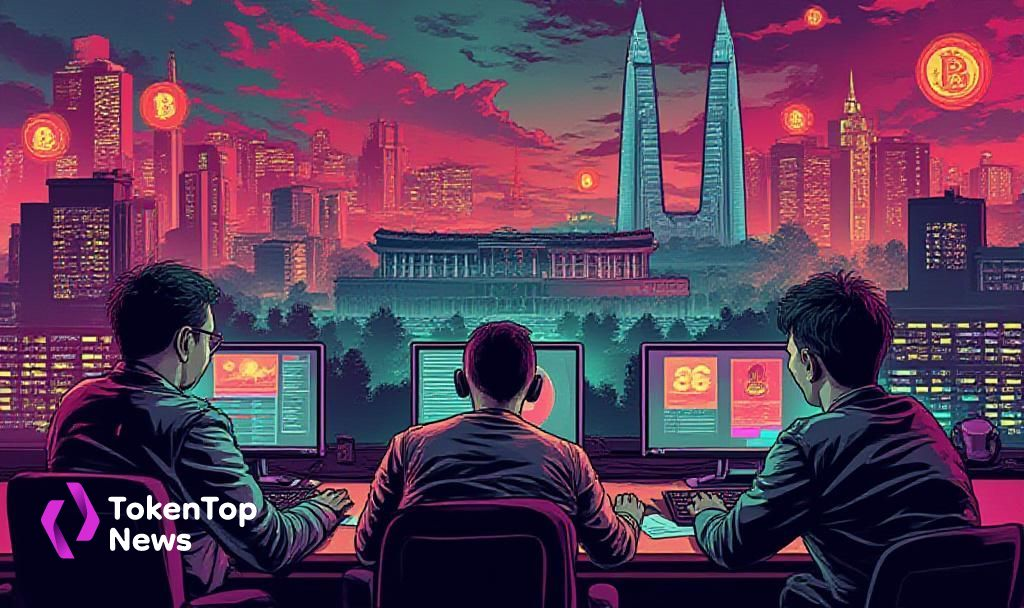U.S. Sanctions North Korean IT Workers in Crypto Theft
- Two individuals sanctioned for aiding crypto theft schemes.
- $1.6 billion linked to North Korean actors.
- Measures affect crypto assets, exchanges, and regulations.

This action underscores rising cybersecurity threats and emphasizes coordinated U.S. interagency efforts to combat illegal activities in cryptocurrency markets.
The U.S. government has prohibited all dealings with two individuals accused of facilitating North Korean IT worker plots. Song Kum Hyok and Gayk Asatryan orchestrated schemes resulting in significant financial losses in the crypto sector.
The Treasury Department announced asset freezes in the U.S. for entities linked to these operations, impacting crypto markets and affected platforms globally. Economic ramifications are extensive, with $2.1 billion tagged in crypto losses due to infiltration tactics.
Collaborative efforts between U.S. agencies such as the Treasury, DOJ, and FBI aim to restore stability and protect investors. Rigorous compliance measures are expected as deeper penetration into the financial networks by North Korean operatives comes to light.
Immediate implications include heightened regulatory scrutiny on crypto transactions particularly involving ETH, USDC, and NFTs. Platforms play a crucial role in curbing risk associated with this infiltration.
“The embedded IT workers have served as on-ramps to both illicit revenue generation and eventual intrusion activity, particularly in the crypto space. One notable aspect of today’s designation is the explicit reference to North Korean IT workers operating out of China and Russia, showing a ‘growing alignment’ between the DPRK and certain jurisdictions.” — Ari Redbord, Global Head of Policy and Government Affairs, TRM Labs
Expert analysis suggests ongoing adjustments in AML/KYC protocols. Analysts foresee regulatory tightening and operational changes by exchanges, with real-time monitoring mechanisms anticipated to counter such threats effectively.




